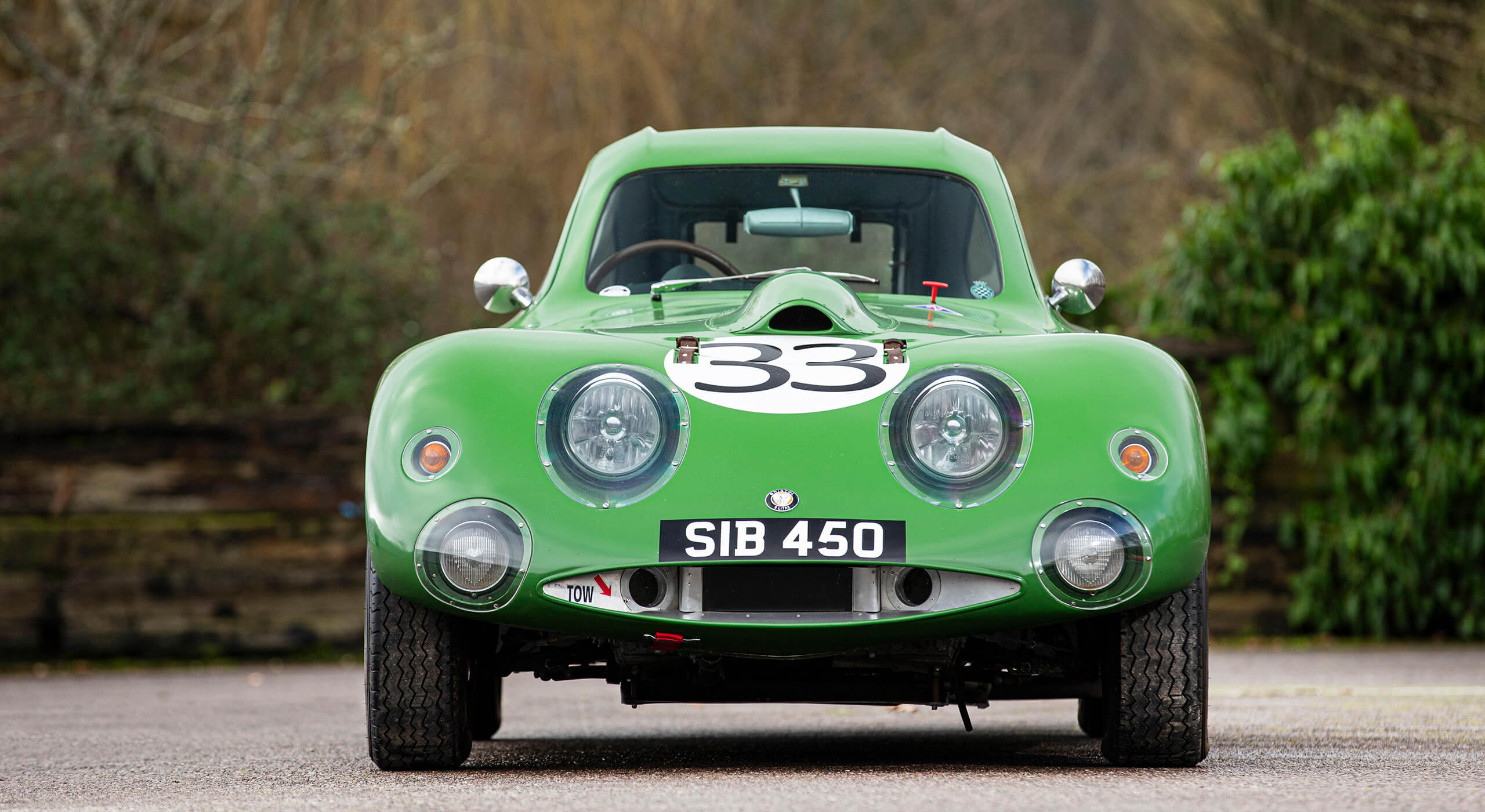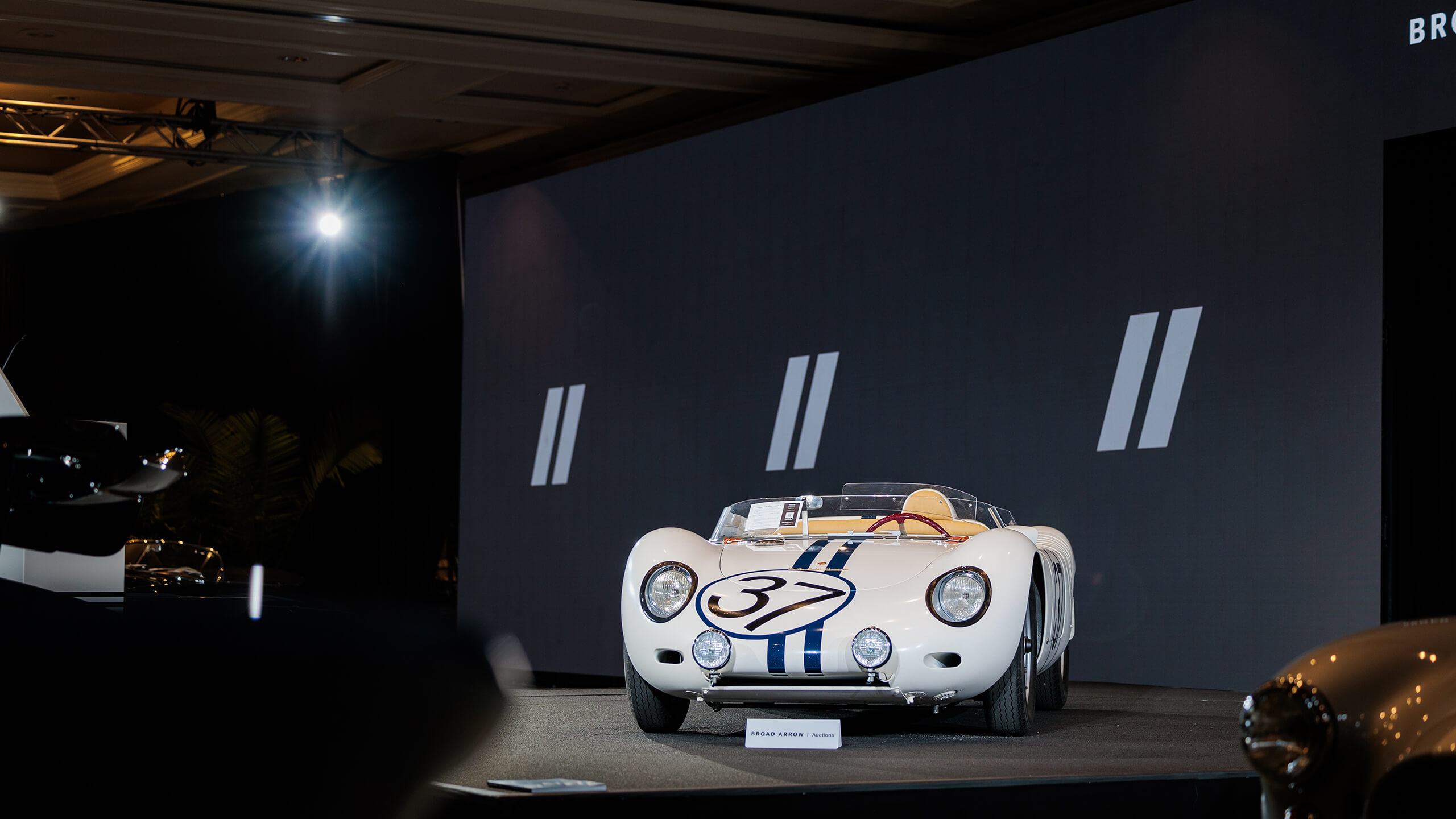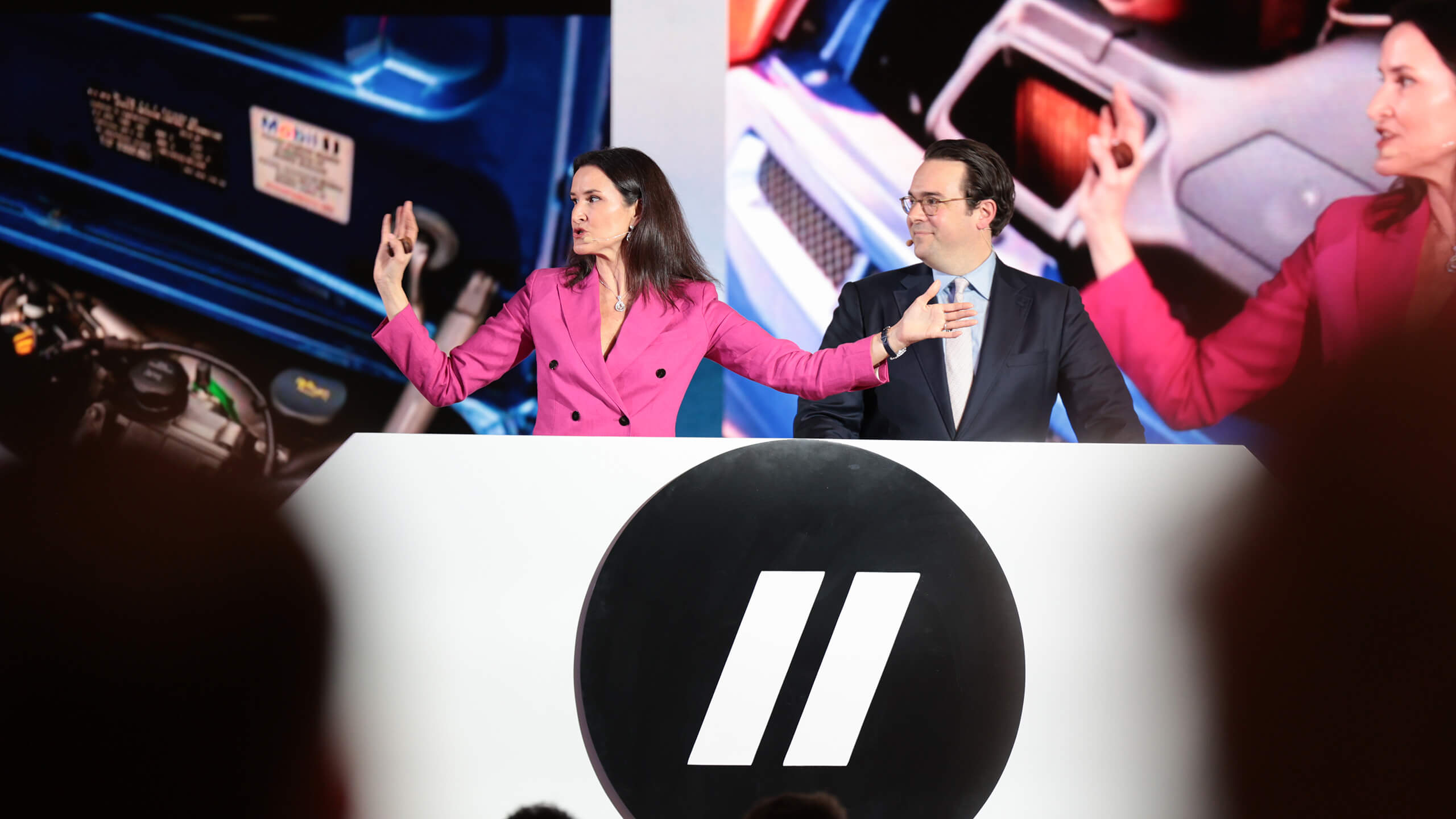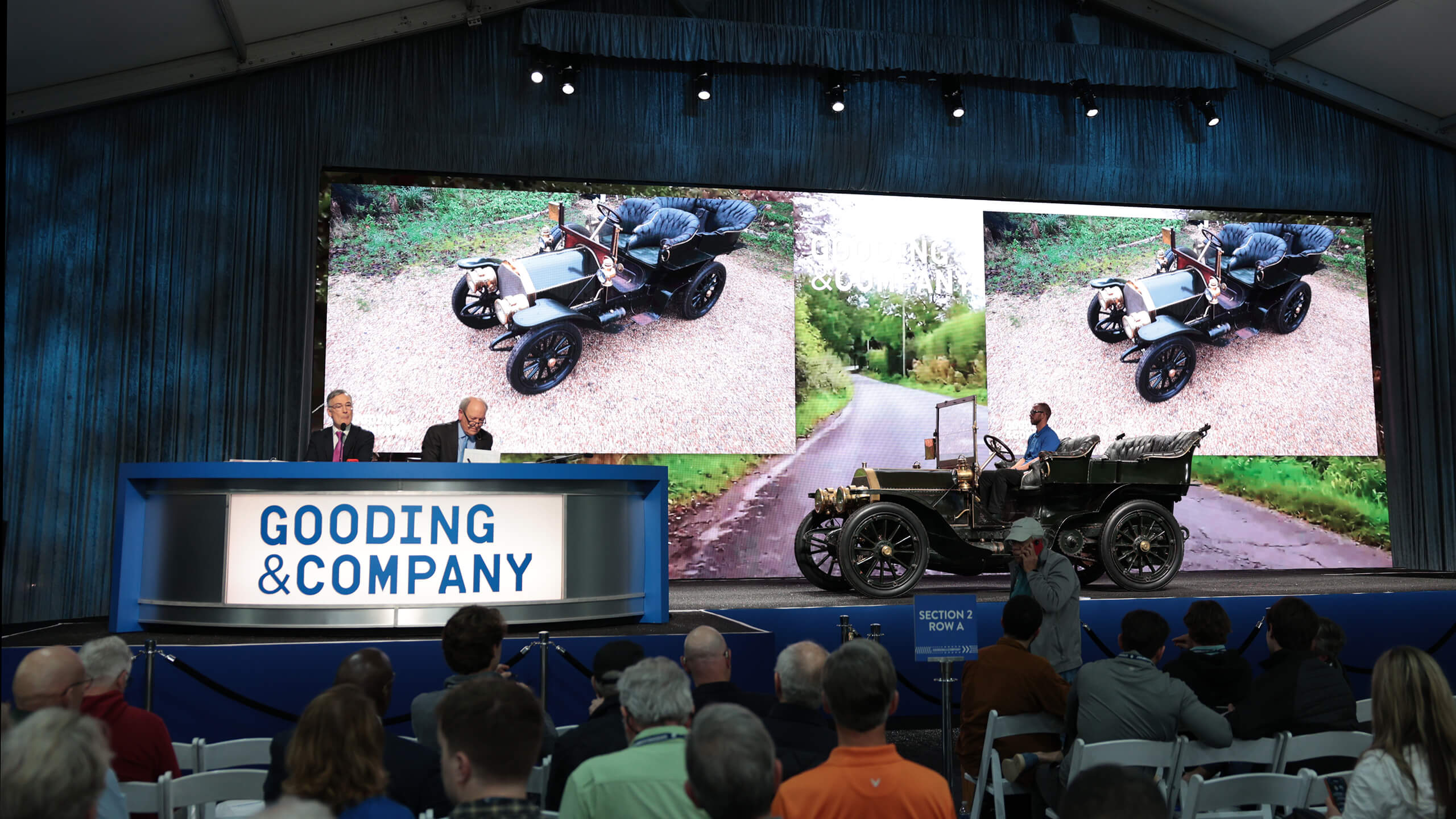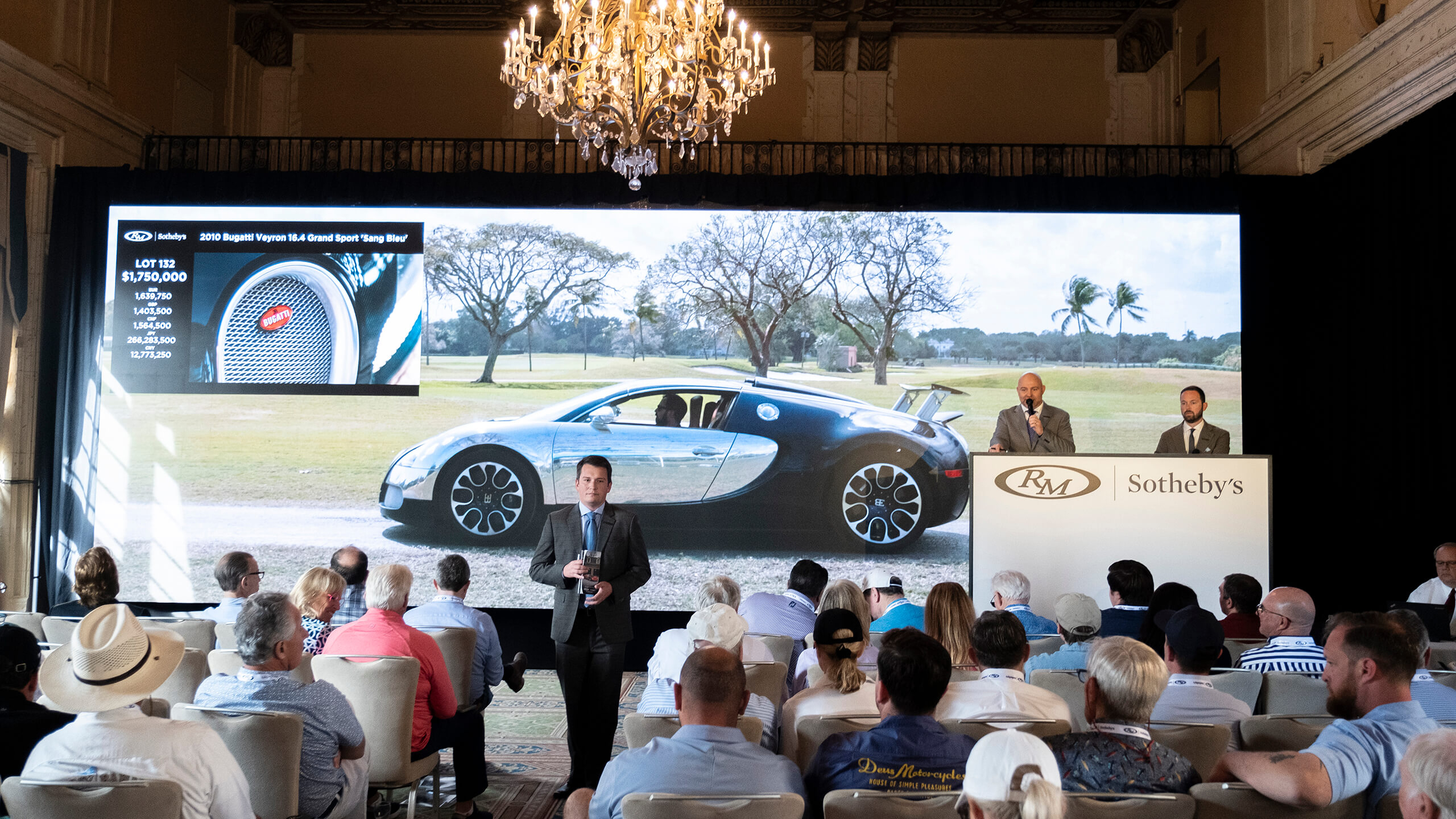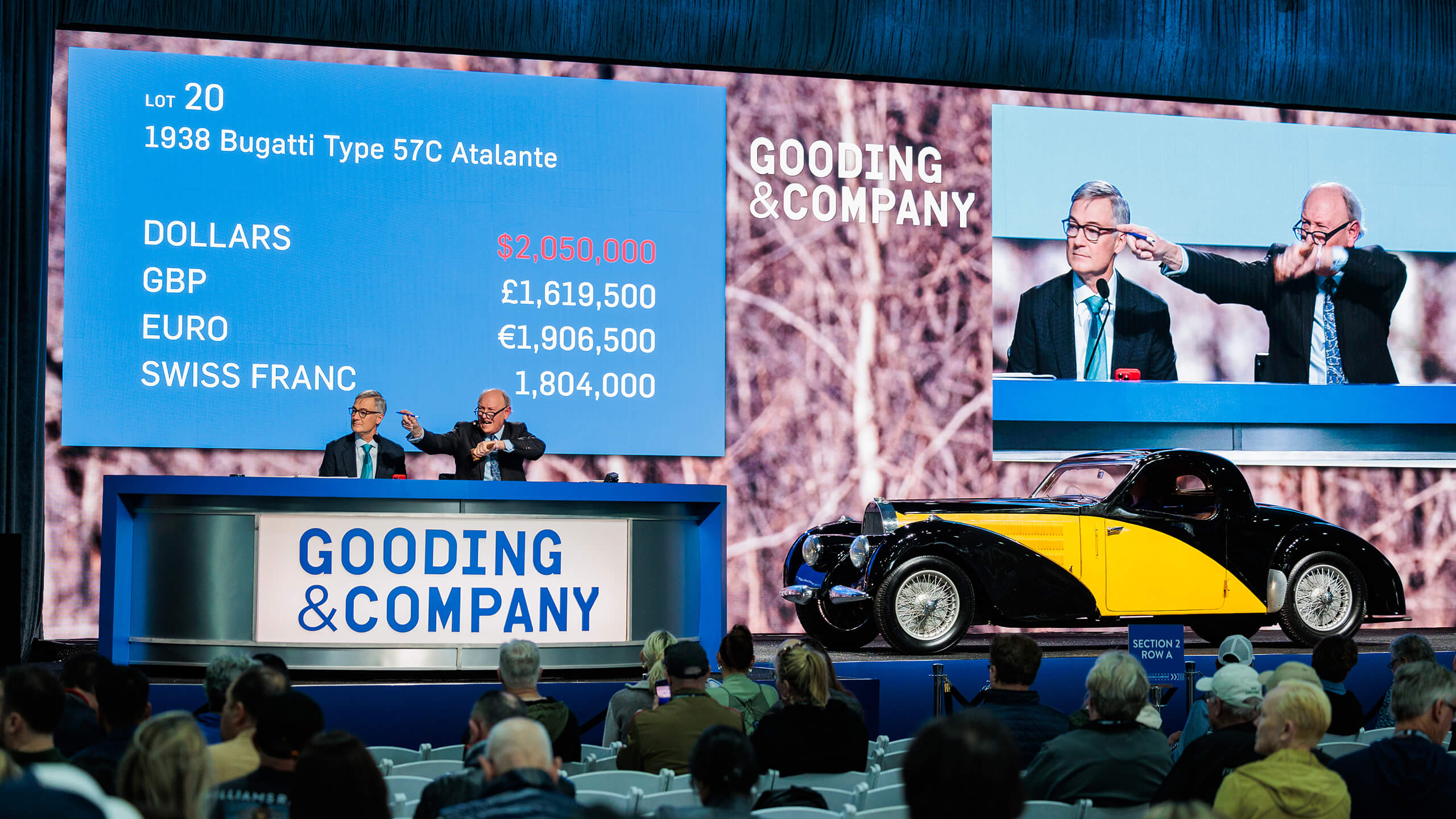Ten things to take away from the 2020 classic car auctions
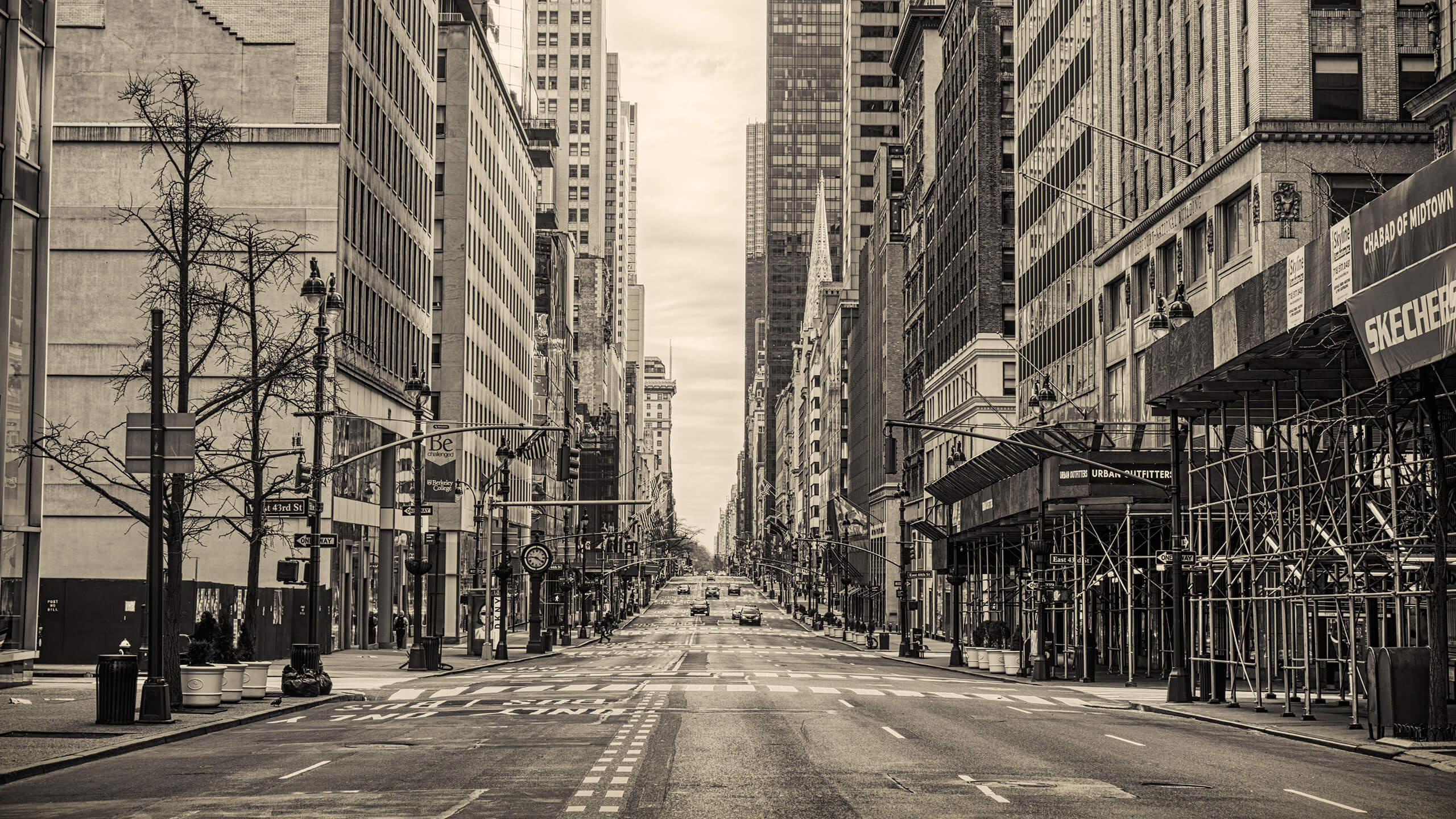
Considering the global backdrop, the market for collectable cars proved remarkably resilient in 2020. Number of cars offered, numbers sold and saleroom totals were massively reduced, but business carried on – just not in the way everyone expected.
This is the K500 take on the real trends behind the numbers:
1. The rise of online timed auctions. US pioneer Bring a Trailer was the significant player online at the start of 2020. The pandemic turbocharged its presence – it was sold to the Hearst media colossus in June – and forced the traditional firms to adapt or fade. New entrants to the market such as Collecting Cars in the UK (£48m in sales generated since start up in 2019) were there to scoop up cars or clients overlooked by the established players and old-fashioned routes to market.
2. What sells online? While BaT started as an editorial-led and folksy, “buying from a friend” platform greatly boosted by a discussion forum, that format was unlikely to work for high-value cars offered by the regular auction houses. More honest auction descriptions, a keen buyer’s premium, video walk-arounds and history files downloadable 24/7, though, made a difference. For ‘no stories’ cars up to a certain value, ideally with an expert appraisal, the new system worked.
3. What does not? Without an associated event or the opportunity to kick tyres with friends and enjoy that “You know, guys, I might bid on this” moment, cars that were either second-tier also-rans or exorbitantly estimated failed online. Neither did the new format suit old-school pre-War models, particularly in the US, when No Reserve and a roomful of well-heeled Ole Boys is needed to pull in the bids. RM nominally moved its Hershey sale online last year, but the average age of cars offered was 1967. Run ‘live’ at the previous year’s Antique Automobile Club of America’s Fall meet, it was 1924.
4. Auction house winners and losers. Those that prospered under Covid had tried-and-tested online platforms, ideally with apps. Big No Reserve sales did well for RM and Artcurial. Without either, it was tough.
5. The chance of a lifetime. The auction of the year was Gooding at Hampton Court, where Charlie Ross wielded the gavel to a very limited audience in the tent and on the telephones. A glorious setting, Ross in top form and a superlative catalogue of cars you genuinely could not “buy next week” reminded us of what we’ve been missing. The sale grossed £34m at 93% sold-by-number, and although 57% of cars sold below low estimate, the average per car of £2,432,064 was a new record.
6. “As good as money in the bank, I can always sell it.” The sub-$150k market has been roaring away, particularly in the UK where good value E-types, ‘Pagoda’ SLs and 1960s Italian sports cars have found a ready audience for those with the time and means to look for some lockdown fun.
7. Life at the top. As we report elsewhere, denied a traditional platform at Monterey, the $10m+ market is busy, but has moved back to the specialists.
8. The squeezed middle. Oversupply (Aston DBs and Ferrari Daytonas) and models which attract a picky audience (Porsche Carrera RS 2.7s) continued to stall, unless exceptional or when selling on price.
9. How high can it go? RM sold a Ferrari 550 GT1 Prodrive for $4,290,000 online last August, setting the record for an internet-only sale. In our view, a steel Ferrari 250 GT SWB with bulletproof provenance offered at $8m-$9m could find a buyer this way, but that’s probably the limit.
10. Looking ahead. It’s likely to continue like this until at least Pebble Beach this year. Online auctions will continue to offer ‘safe’ cars buyers are prepared to buy unseen; wary vendors will hesitate before putting cars in without reserve (particularly for Pop’s pre-War Americana); and the Premier Crus will continue to be offered under the radar outsider the auction arena. While the market remains mostly in good health, life in the auction trade might never be the same again, and the delta between what an auction buyer pays and what a seller receives after commissions and taxes – in some case over 25% combined – seems very pre-Covid.
Photo courtesy of and copyright Gooding & Co


